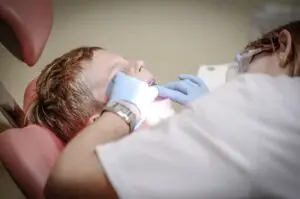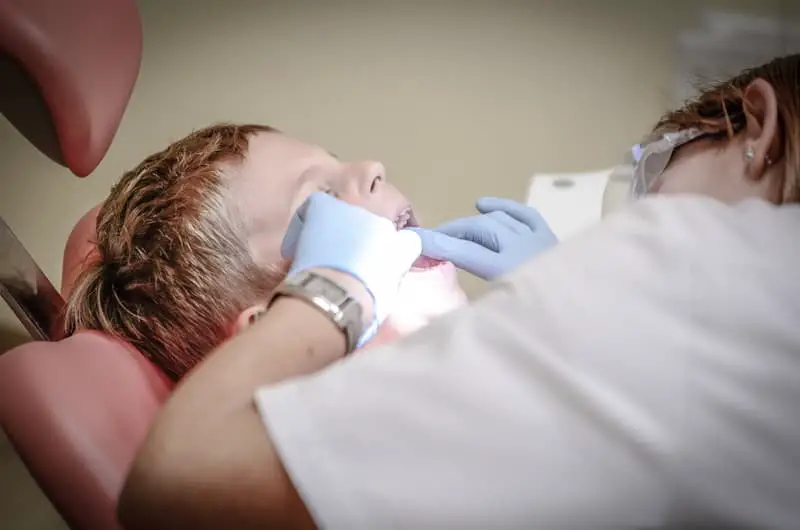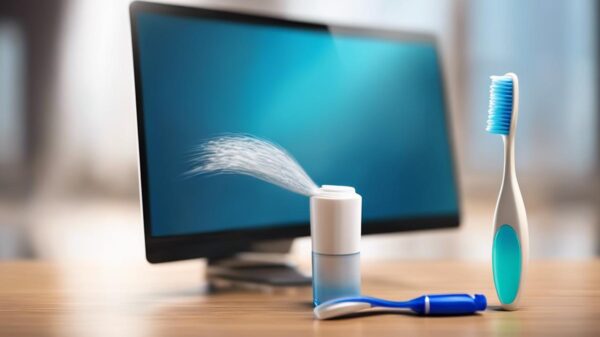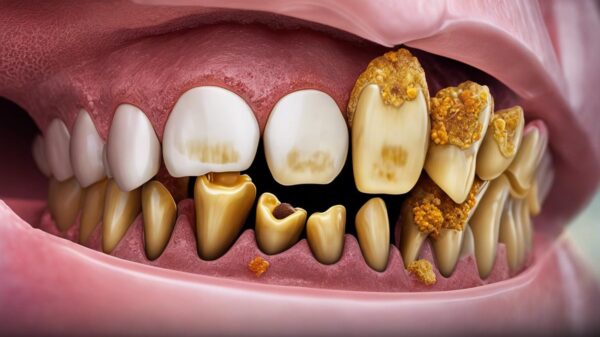 We are often told of the importance of flossing our teeth daily. However, flossing your teeth the wrong way can cause damage to both your teeth and your gums. Improper flossing can even lead to gum disease and tooth decay.
We are often told of the importance of flossing our teeth daily. However, flossing your teeth the wrong way can cause damage to both your teeth and your gums. Improper flossing can even lead to gum disease and tooth decay.
Interestingly, many experts say that regular flossing with poor technique is worse for you than not flossing at all! Because of this, we have compiled 20 of the most common flossing mistakes to avoid while practicing this important part of dental hygiene.
Not flossing your teeth at all.
Failing to floss your teeth at all is most certainly the most common flossing mistake. Although brushing twice each day is crucial, flossing is also an important part of a daily dental care routine. Following the proper flossing technique, each day is the best way to avoid gum disease, tooth decay, and a variety of other dental issues.
Forcing the dental floss between the teeth.
When you floss, it is important to let the dental floss gently glide between the teeth. Forcing the dental floss between your teeth will cause a “snap” which can damage your gums. If you find that you have trouble gliding the floss through the teeth, your dentist may have suggestions on how to make this process easier. There is even a special type of floss that has been specifically designed for tight teeth which may help the process go more smoothly.
Only flossing when you have food between your teeth.
Many people believe that flossing is only important if there is food stuck between the teeth. Although flossing is a great way to take care of that annoyance, it is not the only reason to floss. The main reason to floss daily is to remove the plaque that builds up between the teeth. Plaque causes bad breath and discolored teeth. It can even lead to potential tooth decay and disease if it is not removed regularly. Flossing and brushing, along with routine dental visits will keep the plaque at bay.
Flossing in an up and down motion.
When you floss, it is important to follow the natural shape of the tooth. A commonly made mistake is to simply floss in an up and down motion. When you floss in this improper way, it misses much of the tooth surface. The best way to correct this mistake is to cup the floss around the bottom and sides of each tooth while flossing.
Only flossing the front teeth and neglecting the back teeth.
Flossing the back teeth is much more challenging than flossing the front teeth. However, it is just as important! The back teeth are often overlooked during the daily flossing routine. Because there is a high potential for food to become trapped in the back teeth, it is important to floss that area just as diligently as you floss the front teeth.
Forgetting to floss once each day.
It is important to establish daily flossing as part of your routine. Although we rarely forget to brush our teeth each day, it is often too easy to forget to floss as well. Many people will floss consistently for a few days following their routine dentist visit and then fall off the bandwagon shortly afterward. If you have trouble remembering to floss each day, it may be helpful to leave a note for yourself until you establish this important habit.
Using the same piece of floss.
A common mistake made while flossing is to use the same piece of floss for the entire mouth. When you use the same piece of floss for every tooth, bacteria are spread around the mouth. If this bacteria enters an open sore it can lead to inflammation or an infection. To avoid this, it is important to use a new area of dental floss for each tooth. Many experts recommend moving the floss systematically from one hand to the other once it has been used.
Not flossing because your gums are bleeding.
Your gums may begin to bleed as you floss. Bleeding gums should not cause you to abandon flossing altogether. Your gums will eventually adjust to your flossing routine, especially when you practice proper flossing technique. However, bleeding gums can sometimes be a sign of a more serious condition and should be discussed with a dentist if the bleeding continues.
Flossing too hard.
One of the most common mistakes made while flossing is to floss too hard. Hard flossing can lead to gum damage and disease as well as unnecessary bleeding. While flossing your teeth, it is important to be firm while also being cautious to not cause damage to your gums.
Using too little floss.
Because it is important to use a new section of floss for each tooth, you must start your daily flossing with an ample amount of dental floss. Using too little floss will force you to use the same section for multiple teeth. Doing so will cause bacteria to spread throughout the mouth. Many dentists recommend starting with 18” of dental floss each time you floss.
Flossing aimlessly.
It is important to establish a system while flossing so that you don’t neglect any teeth. Once you get into a daily flossing routine, it is easy to floss aimlessly. However, it is crucial to pay attention to your flossing each and every day as flossing can clue you into other issues with your dental hygiene.
Not flossing both sides of your teeth.
Not thoroughly flossing both sides of each individual tooth is a common mistake that is made while flossing. Once the floss is between two teeth, it is important to floss both sides of each tooth. To avoid this mistake, be sure to follow the shape of the tooth.
Flossing too often.
Although flossing regularly is important, it is possible to floss too often. Flossing too much will cause damage to your gums and teeth. It will have no benefit on your overall dental health. Flossing your teeth once each day is a good rule to follow. Most dentists recommend flossing your teeth at bedtime so that you are not rushed through your routine.
Skipping over any extra dental appliances.
It is tempting to avoid flossing when you have extra dental appliances like braces. Although flossing with braces may take a bit longer than usual, it is still just as important. If you have trouble flossing around dental appliances, your dentist will be able to assist you in establishing a new routine. There are even certain tools and techniques that can make this process easier.
Flossing too quickly.
Many people make the common mistake of flossing their teeth too quickly. Thorough flossing is not a quick task. If you are following the proper flossing technique, flossing each and every tooth, it should take around two minutes to complete the process.
Not asking the dentist for advice.
Flossing is something that every dentist recommends. Your dentist knows your teeth and can offer valuable insight into following proper flossing technique. It is common to feel embarrassed when you’re struggling with something like flossing. However, any dentist would value the opportunity to share their great flossing tips with you. Some special circumstances may require extra care or even special flossing tools that you would not know of otherwise.
Putting pressure on the gums while flossing.
A common mistake that is made while flossing is to put pressure on the gums. It is important to be careful with the dental floss around your gums so that you don’t cause damage which leads to gum disease. Practicing proper flossing technique will help you avoid putting unnecessary pressure on the gums.
Lying to the dentist about your flossing habits.
Although we have all been tempted to lie to the dentist about our daily flossing habits, this is a mistake. Your dentist will be able to tell if you do, in fact, floss daily or not. It is important to tell your dentist if you are having trouble establishing a daily flossing routine as they can help by offering suggestions.
Flossing irregularly.
It is common to floss irregularly. Many people simply floss when they think of it. This is a mistake as irregular flossing leads to built up bacteria. When you floss on an irregular basis, that built up bacteria can potentially be released into your bloodstream causing many issues. Establishing a regular flossing habit can prevent these bacteria from entering the bloodstream.
Using mouthwash in place of dental floss.
A commonly made mistake is to use mouthwash in the place of dental floss. Although mouthwash is a great way to clean between your teeth, it will never replace flossing. A healthy dental hygiene routine should include brushing, flossing, and the use of mouthwash.
Avoiding these common flossing mistakes will enable you to take the best care of both your teeth and gums. Although it may seem overwhelming, establishing a proper flossing routine will benefit your dental health greatly.
You can read more about how to practice proper flossing habits here.












